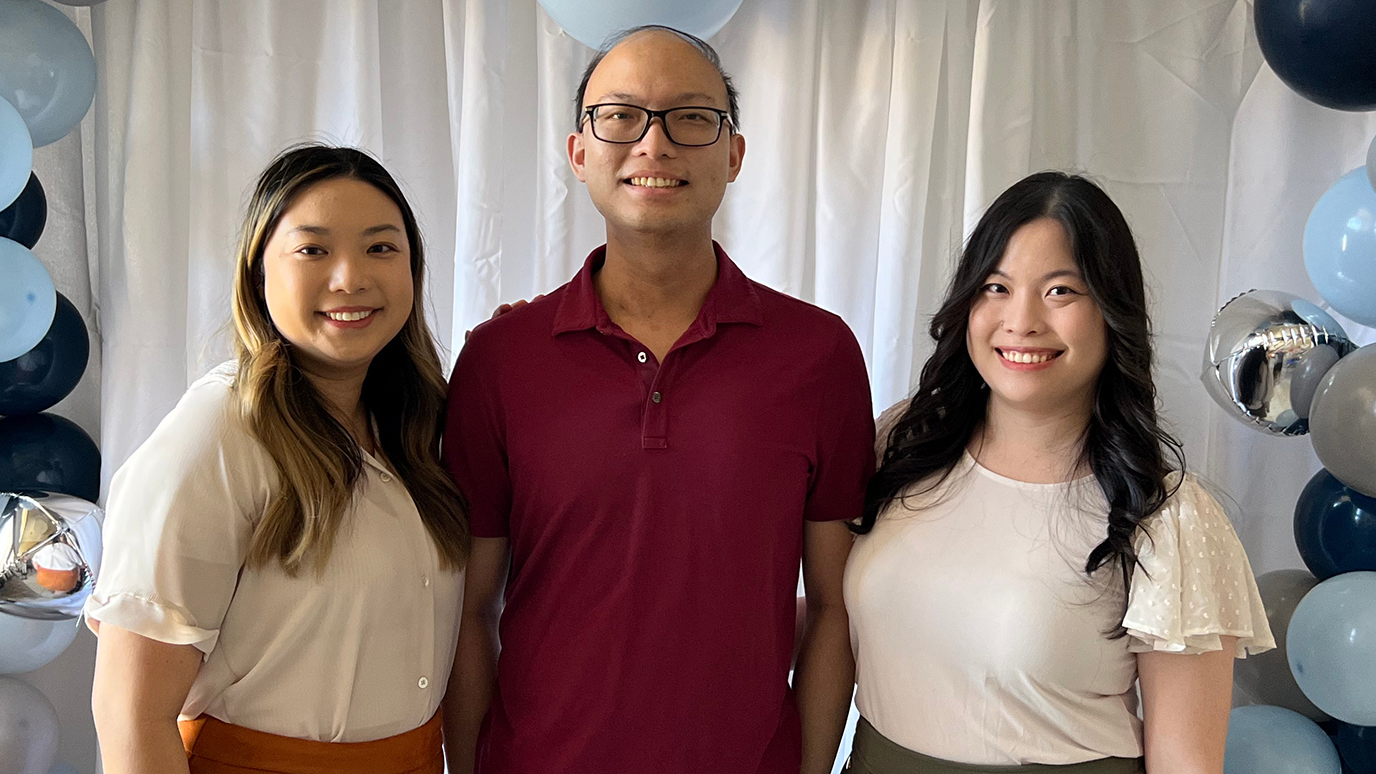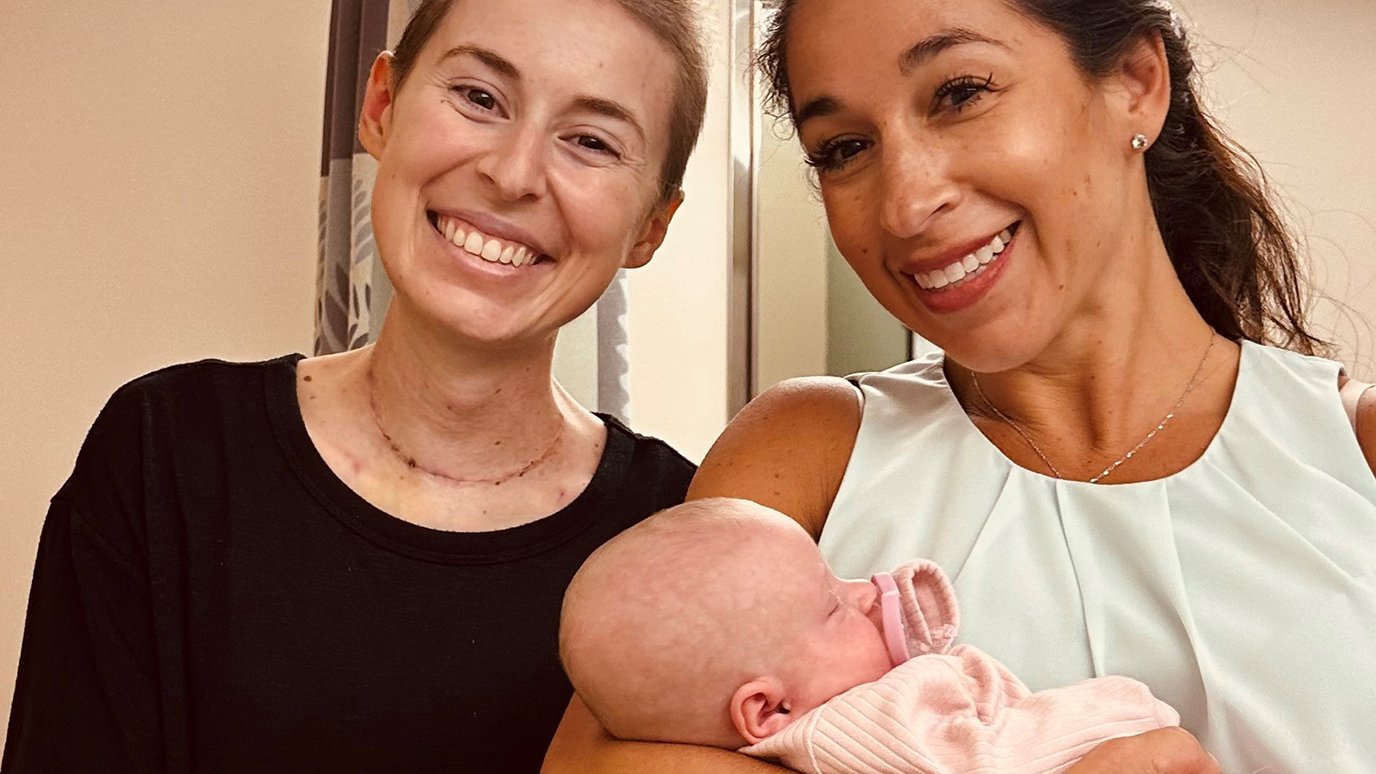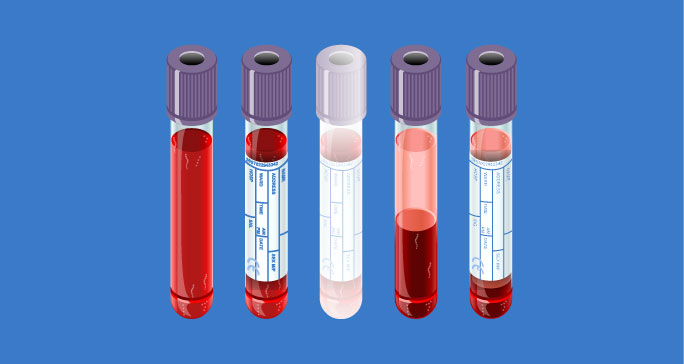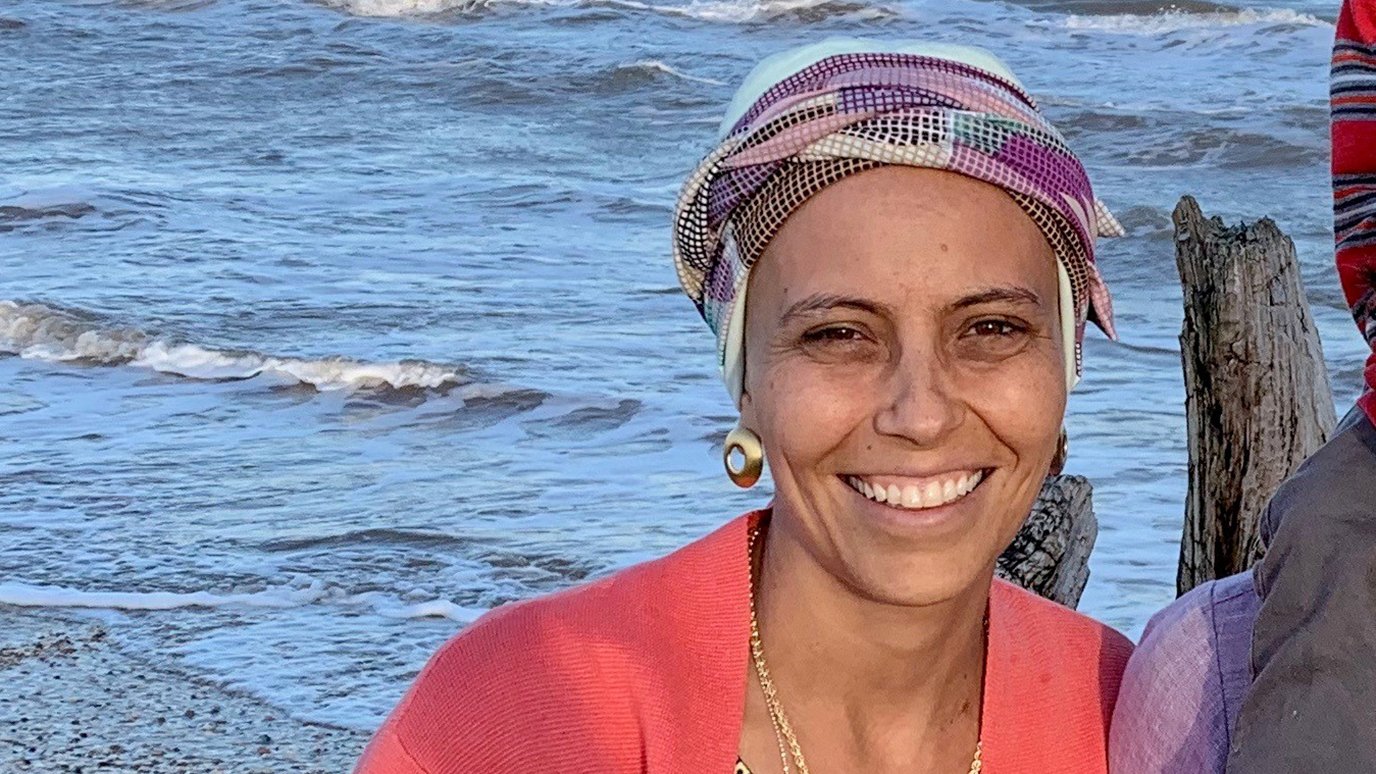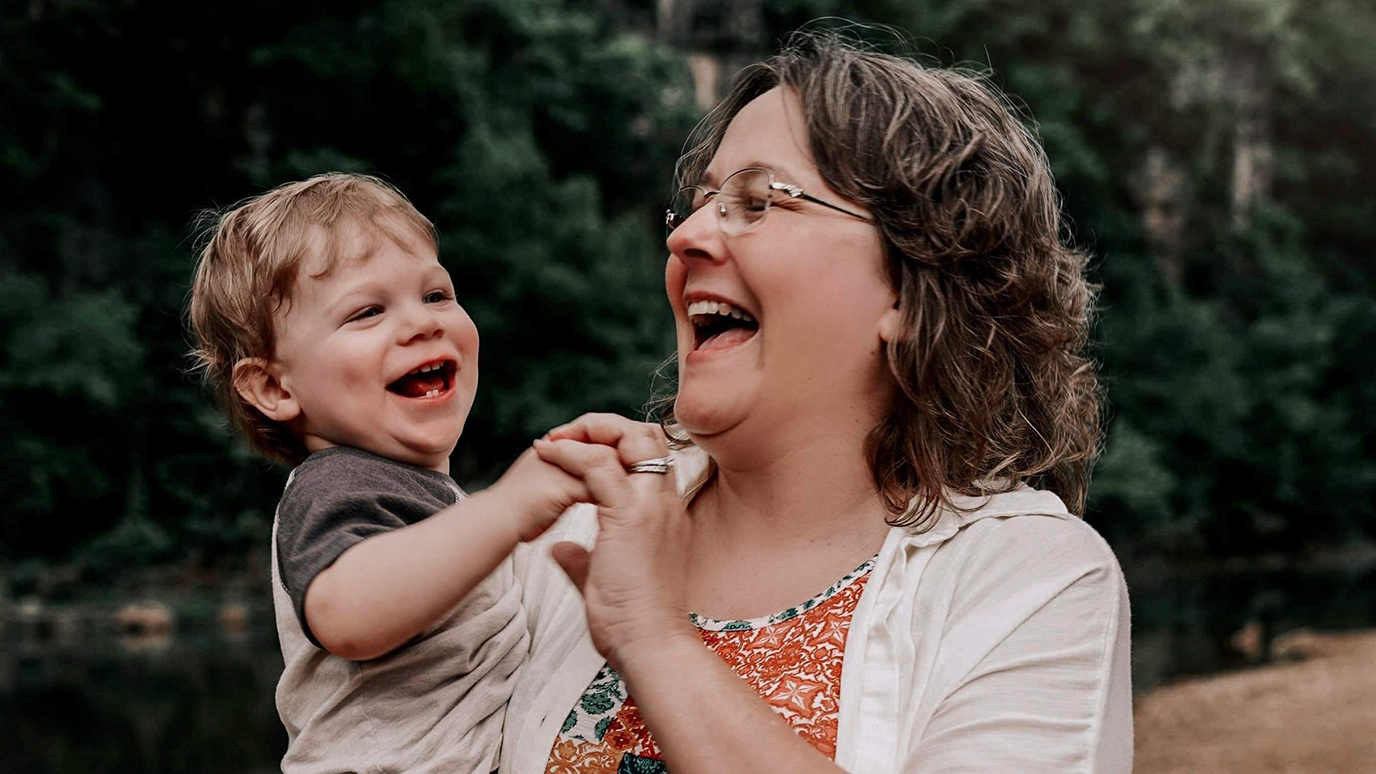- Diseases
- Acoustic Neuroma (16)
- Adrenal Gland Tumor (24)
- Anal Cancer (70)
- Anemia (2)
- Appendix Cancer (18)
- Bile Duct Cancer (26)
- Bladder Cancer (74)
- Brain Metastases (28)
- Brain Tumor (234)
- Breast Cancer (726)
- Breast Implant-Associated Anaplastic Large Cell Lymphoma (2)
- Cancer of Unknown Primary (4)
- Carcinoid Tumor (8)
- Cervical Cancer (164)
- Colon Cancer (168)
- Colorectal Cancer (118)
- Endocrine Tumor (4)
- Esophageal Cancer (44)
- Eye Cancer (36)
- Fallopian Tube Cancer (8)
- Germ Cell Tumor (4)
- Gestational Trophoblastic Disease (2)
- Head and Neck Cancer (14)
- Kidney Cancer (130)
- Leukemia (342)
- Liver Cancer (50)
- Lung Cancer (286)
- Lymphoma (278)
- Mesothelioma (14)
- Metastasis (30)
- Multiple Myeloma (100)
- Myelodysplastic Syndrome (60)
- Myeloproliferative Neoplasm (6)
- Neuroendocrine Tumors (16)
- Oral Cancer (102)
- Ovarian Cancer (178)
- Pancreatic Cancer (160)
- Parathyroid Disease (2)
- Penile Cancer (14)
- Pituitary Tumor (6)
- Prostate Cancer (150)
- Rectal Cancer (58)
- Renal Medullary Carcinoma (6)
- Salivary Gland Cancer (14)
- Sarcoma (238)
- Skin Cancer (300)
- Skull Base Tumors (56)
- Spinal Tumor (12)
- Stomach Cancer (66)
- Testicular Cancer (28)
- Throat Cancer (92)
- Thymoma (6)
- Thyroid Cancer (100)
- Tonsil Cancer (30)
- Uterine Cancer (86)
- Vaginal Cancer (18)
- Vulvar Cancer (22)
- Cancer Topic
- Adolescent and Young Adult Cancer Issues (22)
- Advance Care Planning (12)
- Biostatistics (2)
- Blood Donation (18)
- Bone Health (8)
- COVID-19 (360)
- Cancer Recurrence (120)
- Childhood Cancer Issues (120)
- Clinical Trials (628)
- Complementary Integrative Medicine (22)
- Cytogenetics (2)
- DNA Methylation (4)
- Diagnosis (238)
- Epigenetics (6)
- Fertility (62)
- Follow-up Guidelines (2)
- Health Disparities (14)
- Hereditary Cancer Syndromes (128)
- Immunology (18)
- Li-Fraumeni Syndrome (8)
- Mental Health (122)
- Molecular Diagnostics (8)
- Pain Management (62)
- Palliative Care (8)
- Pathology (10)
- Physical Therapy (18)
- Pregnancy (18)
- Prevention (936)
- Research (390)
- Second Opinion (78)
- Sexuality (16)
- Side Effects (616)
- Sleep Disorders (10)
- Stem Cell Transplantation Cellular Therapy (216)
- Support (408)
- Survivorship (328)
- Symptoms (182)
- Treatment (1788)
Lymphoma, breast cancer survivor: 5 things I’ve learned as a patient and a caregiver
BY Jane Root
4 minute read | Published November 05, 2021
Medically Reviewed | Last reviewed by an MD Anderson Cancer Center medical professional on November 05, 2021
Cancer has disrupted my life three times over the past 16 years.
The first time was in 2005, when my late husband, Eli, was diagnosed with leukemia. The second time was in the summer of 2008, when I was diagnosed with lymphoma. The third time was in January 2017, when I was diagnosed with breast cancer.
Each of those experiences has taught me something useful. Here are my five most valuable takeaways.
1. Don’t skip your annual exams.
My late husband was a practicing oncologist for more than 35 years. He seemed to take exemplary care of everyone but himself. I literally had to beg him to get a checkup in 2005.
At the time, it had been more than five years since his last physical. Though Eli said he felt fine, I was worried, because several of our male friends had been recently diagnosed with prostate cancer. They, too, had all seemed perfectly healthy.
It was only after Eli’s bloodwork came back “funny” that we learned he had acute myeloid leukemia. But if it hadn’t been for that initial exam, his disease might have been much more advanced when it was finally detected, and I might have had even less time to spend with him before he died.
2. Get a second opinion.
When I was initially diagnosed with Hodgkin lymphoma, I felt like I’d been hit with a brick. I had been married to a physician for 47 years, and had always relied on him to steer me in the right direction when it came to my medical care. I was petrified to suddenly be flying solo, especially when it came to dealing with something so serious.
Because my late husband and I felt a connection to leukemia specialist Dr. Hagop Kantarjian, as well as many other employees at MD Anderson, I decided to seek a second opinion there.
I am very grateful today that I did, because to my surprise, MD Anderson pathologists changed my diagnosis. They said I had large B cell lymphoma, a type of non-Hodgkin lymphoma. This new diagnosis would radically alter my treatment plan.
In order to be totally comfortable, I consulted with another group of pathologists, who confirmed the corrected diagnosis. That’s when I switched to MD Anderson for my cancer treatment. Now, I won’t go anywhere else.
3. Get (and stay) in tune with your body.
Both of my cancer diagnoses came about after my husband died, due to lumps I discovered and had examined by a doctor. My husband had always said that “lumps belong in bottles!” So, I wanted to get them checked out.
The first lump was in my groin, and turned out to be a swollen lymph node, a symptom of lymphoma. The second one was in my right breast, and turned out to be nothing. But the ultrasound that revealed it also found stage I breast cancer in a totally different location.
Fortunately, both of these cancers were discovered fairly early on, which meant they were easier to treat. Several rounds of “R-CHOP” chemotherapy (rituximab, cyclophosphamide, doxorubicin, vincristine and prednisone), put and kept my lymphoma in remission. A lumpectomy, followed by chemotherapy, radiation therapy and hormone therapy, took care of my breast cancer. I’m still cancer-free today.
4. Cherish every moment.
Eli and I probably spent more than 100 days in the hospital over the two-year course of his leukemia treatment. But those two years were some of the most precious of our lives. There were many bright spots in between his hospitalizations. We celebrated our 45th wedding anniversary, enjoyed a week in Italy at a cooking school, and spent his 71st birthday with our adult children.
I will always cherish that evening, because we spent it together as a family. We prepared Eli’s favorite meal and did a lot of reminiscing. It was wonderful. That memory is even more poignant because he was admitted to the hospital the next day. He died three weeks later.
5. Blood and stem cell donors are literal lifesavers.
Leukemia and its treatment are brutal on a patient’s blood counts. Over the course of Eli’s illness, he probably had dozens of transfusions.
Friends and family members made regular blood donations, contributing several hundred units on his behalf. Colleagues from his clinic and co-workers at the bank where I worked also held blood drives. Our family was so grateful for everyone’s support, especially since I was unable to donate myself.
Unfortunately, we weren’t as lucky when it came to Eli’s actual treatment. Despite the fact that the first strong chemotherapy regimen put him in temporary remission, he was encouraged to seek a stem cell transplant, which would provide the best hope for a good long-term outcome.
Since Eli was an only child, there was no possibility of a sibling match. Every known relative agreed to be tested, to no avail. A worldwide search ensued. Still, no match could be found.
Back then, stem cell transplant science was not as advanced as it is today, so less-than-perfect matches were not considered an option. The risk of developing a fatal case of GVHD was just too high. Our only hope for a cure was additional chemotherapy. Sadly, it wasn’t enough, and Eli passed away in April 2007.
Today, successful stem cell transplants are possible even with half matches (also called haploidentical). This is why I would strongly encourage anyone who can do so to join the national bone marrow registry. If haploidentical stem cell transplants had been around when Eli was diagnosed 16 years ago, he might still be alive today.
Request an appointment at MD Anderson online or by calling 1-877-632-6789.
Related Cancerwise Stories

There were many bright spots.
Jane Root
Survivor & Caregiver

